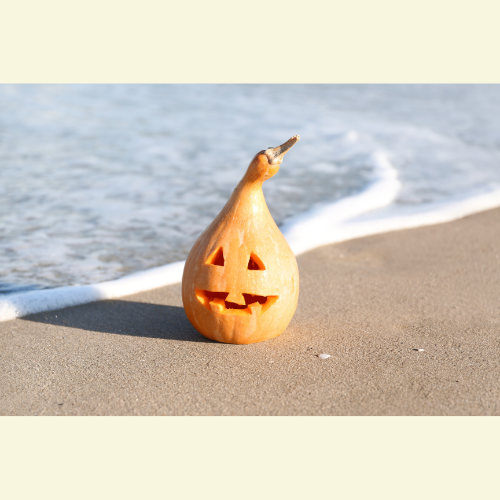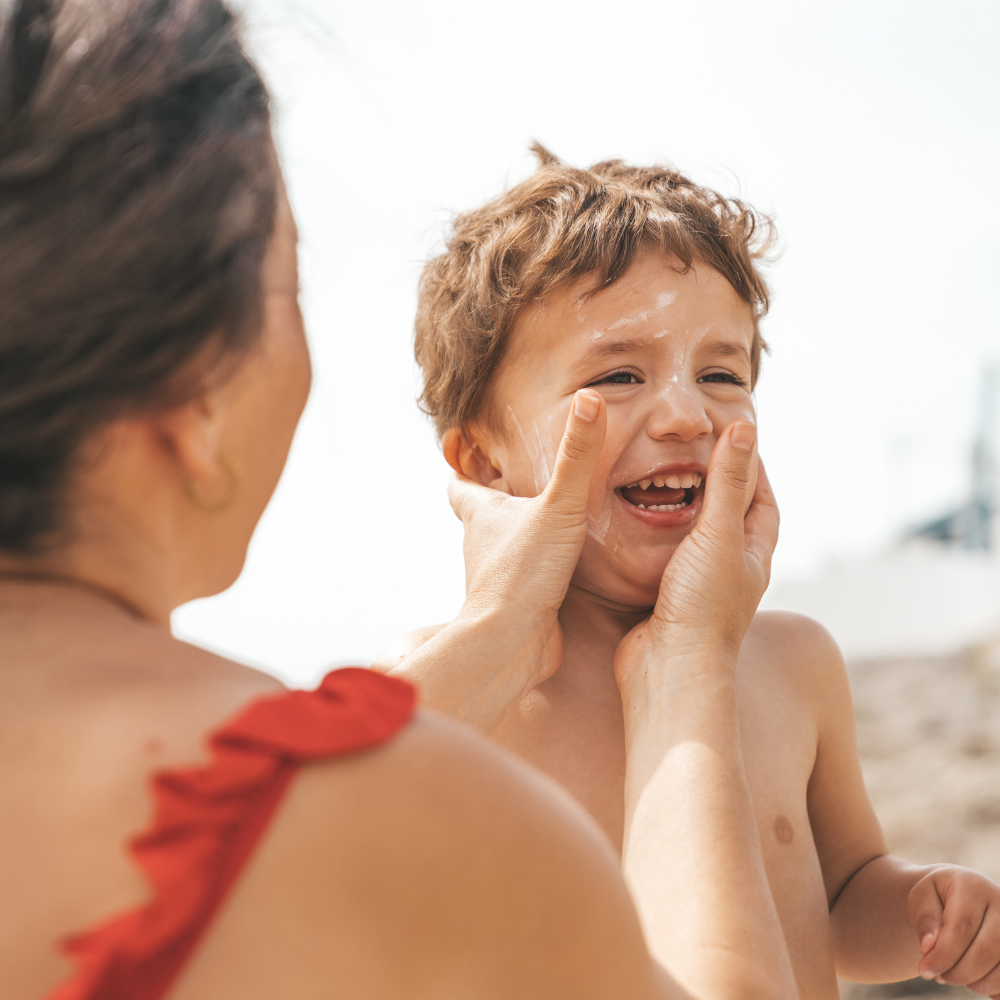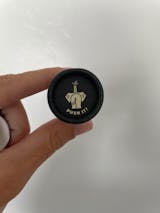Let’s start with the obvious: the ocean looks fine… until you know what to look for. Coral bleaching. Fish populations are declining. Water that feels different. Most of it doesn’t show up in a selfie, but it’s happening and fast. We’re not here to panic you. We’re here because it’s not just your skin that needs protection. The reef does too. And sunscreen plays a bigger role than most people realize.
The Problem: Most Sunscreens Weren’t Built for Nature
Many popular sunscreens use chemical filters like oxybenzone and octinoxate and studies in recent years have linked these ingredients to coral DNA damage, bleaching, and even the death of juvenile reef life. By 2025, over a dozen places (including Hawaii, Palau, and parts of Mexico) have banned reef-harming ingredients outright. But the shelves in most stores? Still full of them. No regulation. No warning labels. Just packaging that looks “beachy.” (My Travel Editor, 2023). Here are other chemicals to keep an eye out for cuz they also harm the reef(National Ocean Servcie):
-
Oxybenzone (BP‑3)
-
Octinoxate (Ethylhexyl methoxycinnamate)
-
Octocrylene
-
Benzophenone‑1
-
Benzophenone‑8
-
4‑Methylbenzylidene camphor (4‑MBC)
-
3‑Benzylidene camphor
-
Nano‑Titanium dioxide and nano‑Zinc oxide
What is Bleaching?
We are about to get a little sciency but this is important! Coral Bleaching is the loss of color in coral reefs due to the lack of an algae called zooxanthellae (don’t ask us how to pronounce that). These zooxanthellae give the coral their color and provide them with their necessary nutrients via photosynthesis.
Under healthy conditions the zooxanthellae and coral have a symbiotic relationship, meaning they both depend on one another to survive. The algae live inside coral tissue and produce up to 90% of the coral’s food through photosynthesis. In return, the coral provides shelter and nutrients, like carbon dioxide.
The ocean conditions apply stress on this relationship through a few different sources, increased sea surface temperature, ocean acidification, pollution and more. This stress causes the algae to produce harmful molecules that damage both themselves and the coral. To protect itself, the coral expels the zooxanthellae.
Without its algee the coral turns white, hence the process being known as bleaching because the coral loses not only its color, but also its ability to obtain nutrients. Now unless ocean conditions quickly change the coral starves and dies, leaving behind a white skeleton (Great Barrier Reef Foundation).
The Solution (Partially…): Physical Sunscreens with Nothing to Hide
Reef-safe sunscreens like SUNMUD don’t mess with marine life. They use non-nano zinc oxide, which sits on your skin and blocks UV rays physically with no weird absorption, no hormone disruption, no reef disturbance and no toxic runoff into the tide. Of course, as mentioned above, there are many other factors affecting our reef but choosing the right sunscreen is something easy we can do to help that is within our control as consumers!
Wanna learn more about physical versus mineral sunscreen?
Wanna learn more about nano versus non-nano Zinc?
Why Reefs Matter More Than Ever
Coral reefs aren’t just pretty underwater forests. They are crucial to protecting coastlines, supporting marine life, and helping local communities survive. And unlike some other super important global problems, reef damage has very local, fixable causes. One of them? The stuff you put on your skin before getting out in the sun.
What You Can Do (Even If You’re Not a Scientist)
-
Read the label, if you see oxybenzone, octinoxate or any of the ingredients we mentioned above, skip it.
-
Choose mineral sunscreens, look for NON-nano zinc oxide as the main active ingredient.
-
Think about runoff, even rinsing off in the shower (or peeing after applying chemical sunscreen) can send chemicals into our ocean.
-
Support brands that care, like us. SUNMUD is 100% reef-safe, packaged responsibly, and made for cool, conscious outdoor people.
Your Skin’s Protected. Now Protect the Reef.
If you love the ocean, if you hike the coast, if you’ve ever stood in awe at a tide pool you’re already our kind of person. It’s not about being perfect. It’s about being thoughtful. Choosing a reef-safe sunscreen is one of the easiest steps you can take because the ocean isn’t just where we play. It’s part of who we are. Let’s keep it alive.






